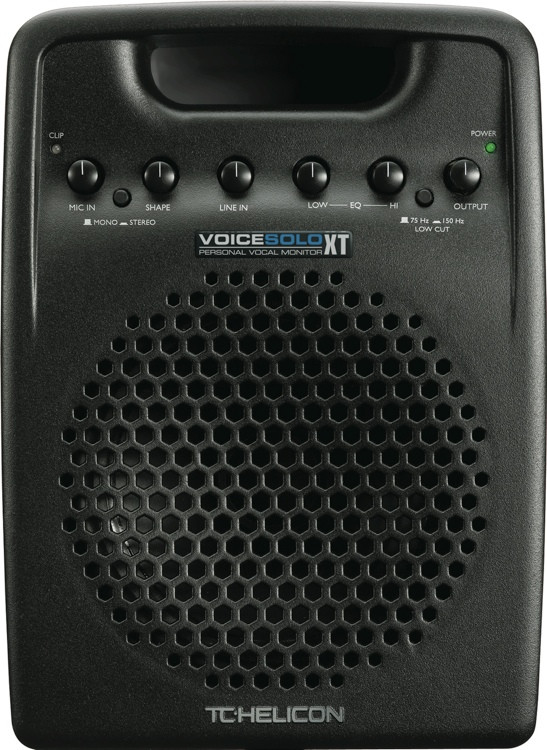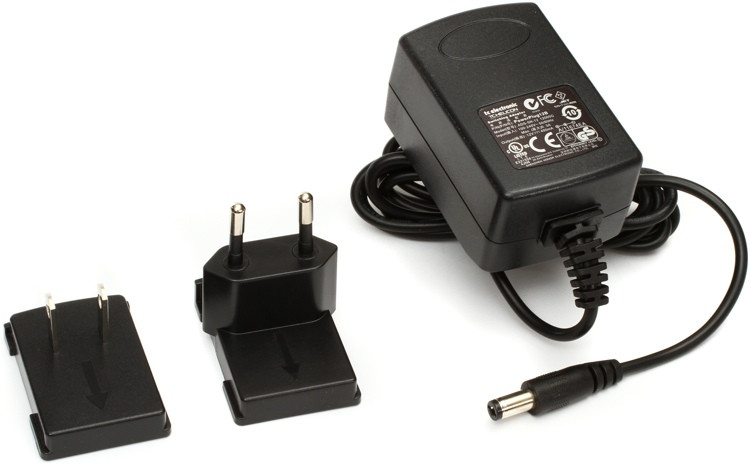
- #Helicon remote alternative manual
- #Helicon remote alternative android
- #Helicon remote alternative pro
- #Helicon remote alternative trial
#Helicon remote alternative trial
I have both Helicon and Zerene on trial but before that, I used Photoshop CS6 to merge the stacks. I am using Zerene because I think that it does a better job at stack merging. The way this works is after you input the start and end points of your stack, the system will reset to the start position and take photographs (according to the information you have put into the controller) You notice that nothing is thrown away (unless you purchase a lifetime of Helicon Remote).

If you still like the tedium of macro photography, then you can use the RRS Macro Rail as the horizontal adjustment and get a StackShot (for focus stacking) with the proper cable for your camera.
#Helicon remote alternative manual
Then graduate to an RRS Macro Rail (just to try out manual stacking). What you can do is to use Helicon Focus/Remote and try to see if you really like Macro photography. I have the recommended setup that the StackShot site lists. It also has a Arca Swiss compatible bottom plate so that it will fit the FlipLock plate that is attached to my Arca Swiss D4 head. It looks like the rest of the system is made out of aluminum. It has stainless steel rails and screw adjustors. The StackShot (with the RRS lever clamp) weighs 1208g. Just remember the lighting should not move with the lens so no ring lights. It's not cheap and if you are into macro photography, it will do a great job. I don't think it's heavy and bulky, it is a macro rail with a stepper motor at the end. You will need a tablet or notebook to process the focus stack. The StackShot comes with a controller that has an optional battery. You can use any calculator that allows you to set the Circle of Confusion size (the ideal is the distance between two photo sites, I use 0.005mm), focal length of the lens, distance to the subject, and f/stop.
#Helicon remote alternative pro
Yes, you need a good DOF calculator (I use VWDOF which is a windows calculator) and I use a Microsoft Surface Pro running Nikon Camera Control Pro 2 with a USB cable attached to the D800. I think I'm leaning towards Zerene because I like the results more. Zerene is cheaper but Helicon can do more. Both Zerene and Helicon are available on a trial basis.
#Helicon remote alternative android
If the stacked image looks OK, you can repeat this using your RAW files.Īccording to the Helicon web site, they support both Android and IOS also. If yours is not, try to create a focus stack using RAW+JPG and process the JPG files. My laptop is powerful enough so I can use RAW files. When it's done, I load it into Helicon and perform the merging. I setup the camera and plug this information into the StackShot controller and start my focus stacking.

Then I use a DOF calculator to determine what my depth of field (circle of confusion of 0.005mm). My Helicon workflow starts with finding the starting and ending point of the focus stack. Since I only use Helicon Focus for merging, I don't really need Helicon Remote. I mostly use Photoshop CS6 to do focus stacking but I will purchase Helicon or Zerene to do the complicated jobs.

Zerene is not so picky but it doesn't process RAW images like Helicon. The only issue I had with Helicon is that its very picky with exposure. After you decide you want to continue, you might look into a StackShot or some sort of macro-rail. Using Helicon is a cheap way to find out if you really like macro-photography. Focus stacking using Helicon works after a fashion but it can not get the precise control that using an automatic rail (StackShot) will get you. When you run Helicon, it recognizes your camera. You plug the USB port of the laptop into the USB port in the Camera (with me it is the Nikon D800 and the D600). I've seen it used with a and a Windows Notebook and a MacBook. I use Helicon with a MS Surface Pro (windows 8).


 0 kommentar(er)
0 kommentar(er)
